Back to the Stone Age: A Week With a Flip Phone
The cashier in his red polo shirt look at me clearly surprised, as the ringing bell on Family Dollar’s exit door serenaded me out of the store, purchase in hand. Who bought something like that in this day and age? What kind of teenager spent her own money on a flip phone? I could tell just how confused he was, yet I felt unstoppable.
By the time I got home, the package to my new Tracfone MYFLIP A405DL, was open. I plugged in the device and noticed the charger was a replica of my calculator’s. Before I knew it, I’d set up my new phone and forgotten about my iPhone, which lay out of sight in a kitchen drawer. My parents were skeptical, my friends were concerned; nobody thought this, getting rid of my iPhone even as an experiment, was a good idea.
That nights as I lay in bed, I read a book instead of scrolling through an endless Instagram feed and responding to Snapchat. I slept more soundly than I had in months. In the morning, my bedside table was empty, no texts or Snapchats to respond to. Nothing to waste my time.
The week before, I had suddenly decided I wanted a flip phone. I was tired of the constant demand of social media. My iPhone was adding stress to my life, taking away from the time I spent on homework, and causing me to sleep less. The biggest problem I had though, was how much time it added to my already insanely busy schedule.
Everybody knows how bad screen are for our brains, yet almost all of us have them, and use them without hesitation. According dozens of publications, including ACS Sleep Med Rev, the American Macular Degeneration Foundation, and Journal of the American Medical Association (JAMA) the blue light from smartphones can impair users’ memories, make it harder to learn, make users more prone to depression, cause a higher obesity risk, harm the retina, lead to cataracts, and increase the risk for breast and prostate cancer.
So, I made up my mind. I’d buy a flip phone and see how it affected my life.
I spent three days researching the model I wanted. My requirements were fairly simple: the phone had to be under $25 and support texts and calls. I decided on a phone I found on the Family Dollar website. It was $20 and had talk and text, plus bonus features like a calculator, camera, clock, and a “browser” button which I’m sure will never load.
The plan I bought with my phone provides 60 minutes of talk and text a month for 90 days. It cost $20, bring the totally of my purchase to $40.
For some comparison: A new iPhone X Max retails for $1,099. For $1,000 you can buy the iPhone X. The most inexpensive iPhone I could find, the iPhone 7, starts at $449. The iPhone SE was selling for $249, but it’s not available on the Apple website, and other tech sites say it is sold out.
Monday morning my classmates couldn’t believe their eyes. Some said they had never seen a flip phone before. Others were convinced it was a prank. Most people asked me what I had done. What did I do to receive such a cruel punishment, they wondered? The idea of wanting a flip phone was so out of place nobody could believe I was serious.
My week sped by quickly and before I knew it the weekend had arrived. I’d gone a week without social media. I’d walked around the quad talking with my classmates instead of looking down at my phone. During meals in the dining hall I didn’t have a device to distract me from conversations. To be honest, I didn’t miss the burden of a smartphone at all.
Adeline Hume, class of 2022, understands; she told me her iPhone not only consumes her time, but acts as a sort-of social shield.
“Sometimes when I’m in new situations with people I don’t know, I look at my phone instead of engaging with them,” she admitted. I’m sure you’ve done it to. Maybe you’re reading this now instead of talking to someone nearby.
The flip phone experiment wasn’t as simple as it sounds, unfortunately. The 12-button keyboard on the phone was incredibly hard to type on, so within the first day I began to rely fully on calling. By ditching my iPhone, I gave up a part of my social life. Once the school day was over I couldn’t communicate with friends anymore. No Instagram, no Snapchat, nothing. On the days where I didn’t have classes with people I ended up not talking to them at all.
I eventually decided that the inconveniences of a flip phone outweighed the pros. I went back to my iPhone. But after a week without it, I depended on it a lot less. While I have my iPhone now, I only use it when I need to.
iPhones have a feature that tells users their average daily screen time. In a poll I took in my journalism class, students averaged three hours and twenty-nine minutes a day, ranging from one hour and four minutes to seven hours and thirty-four minutes. All that time spent looking at a phone.
Instagram and Snapchat were tied at five students each for the most used app. For two students, YouTube was the most time consuming. One student spent the most time on messages. After the week on my flip phone my time went down drastically. I’m down to 25 minutes a day.
Sarah Markey is a freshman from Northampton, Massachusetts.



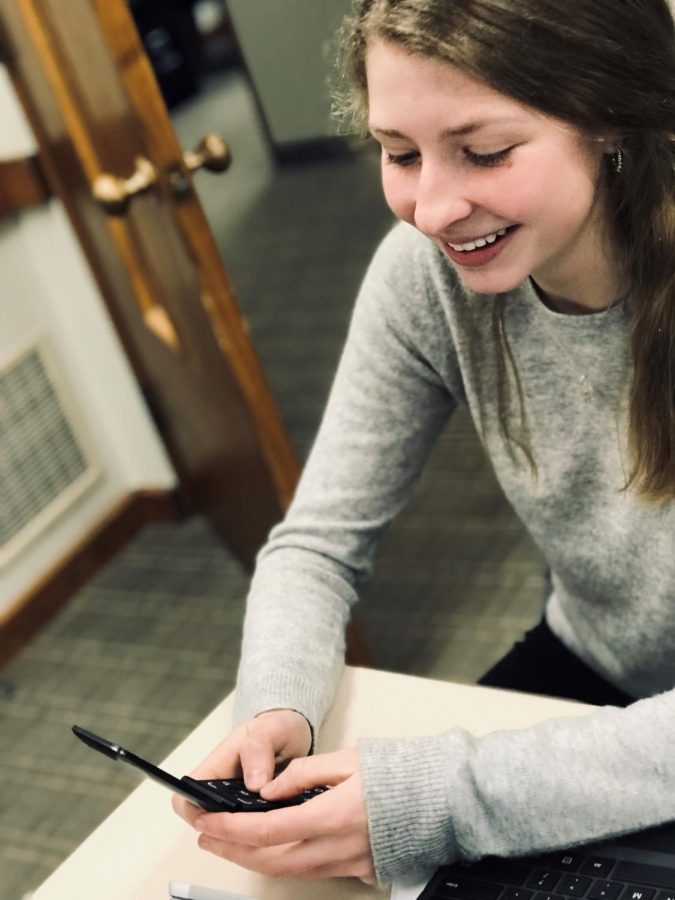

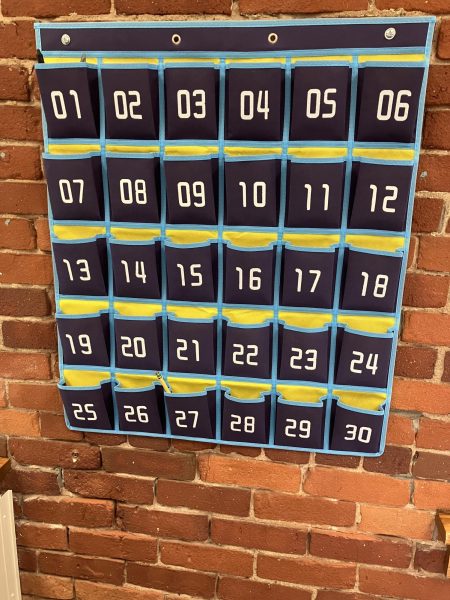
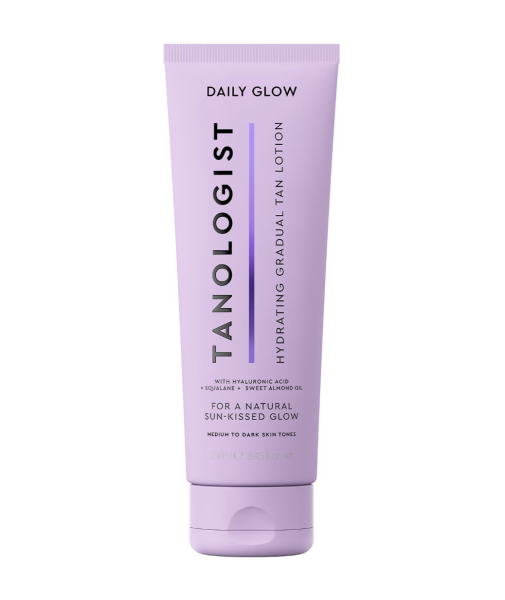

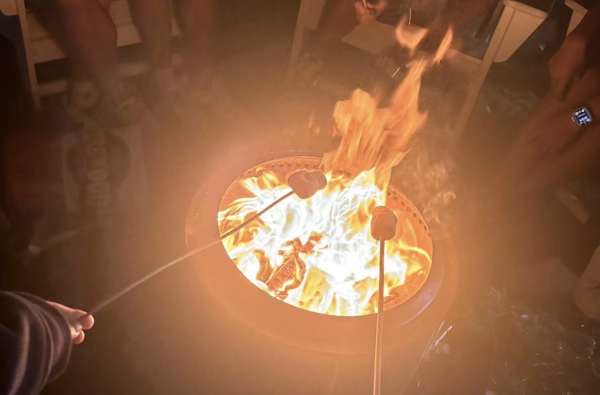
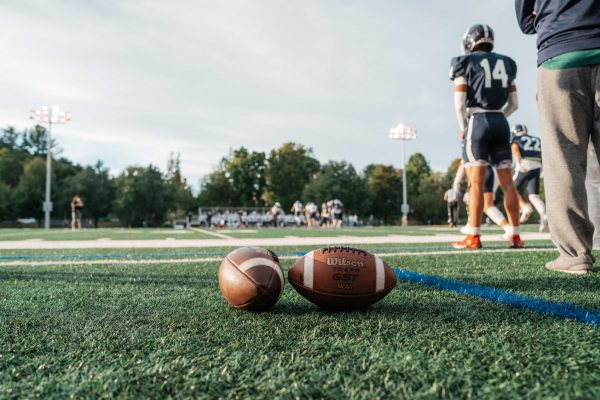



Kristy • Feb 14, 2019 at 1:57 PM
Great experiment – and a lesson we should all take to heart! Bring connected isn’t as good as connecting!
Kathryn Livingston • Jan 30, 2019 at 11:31 AM
Very good Sarah!!